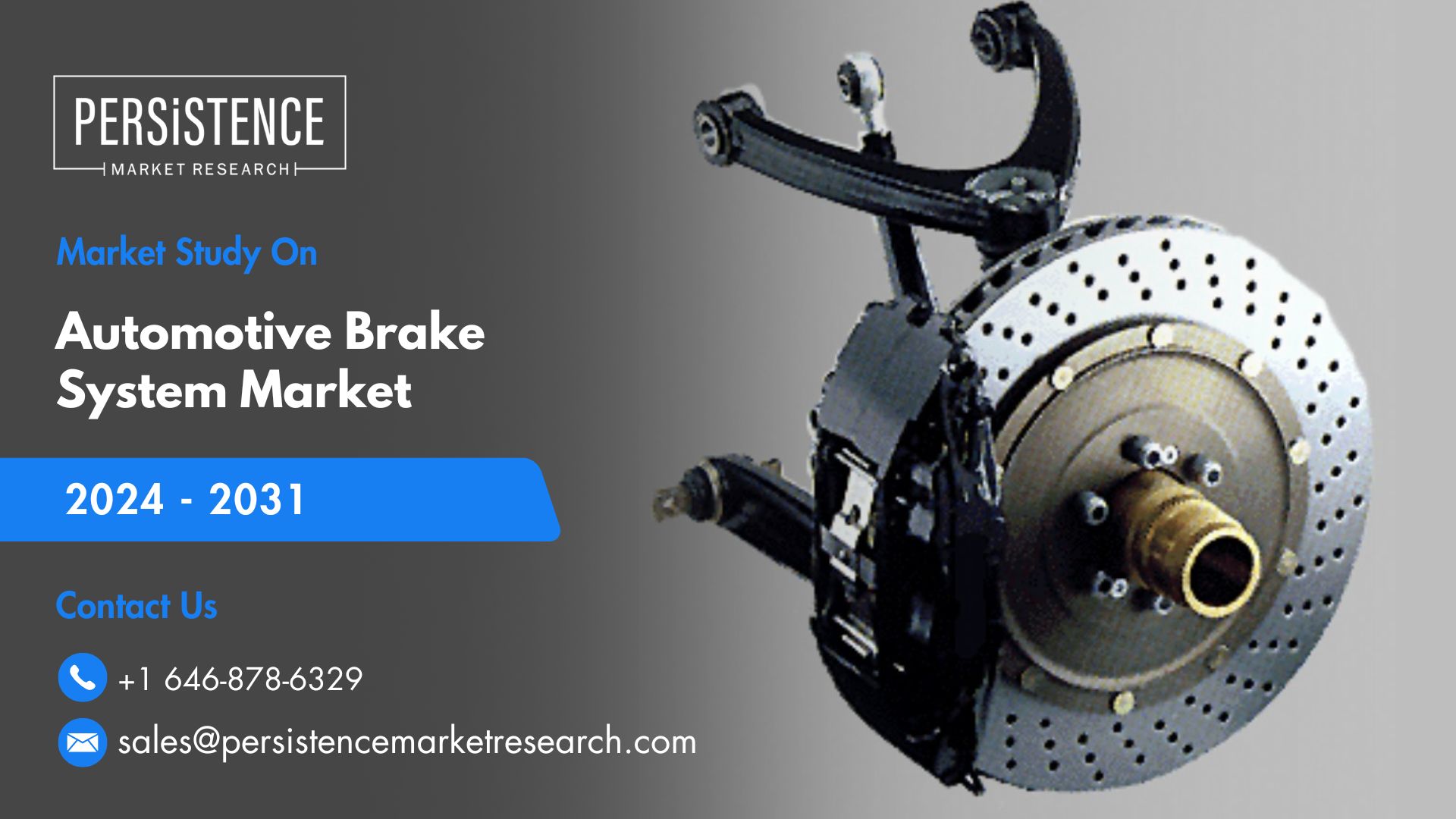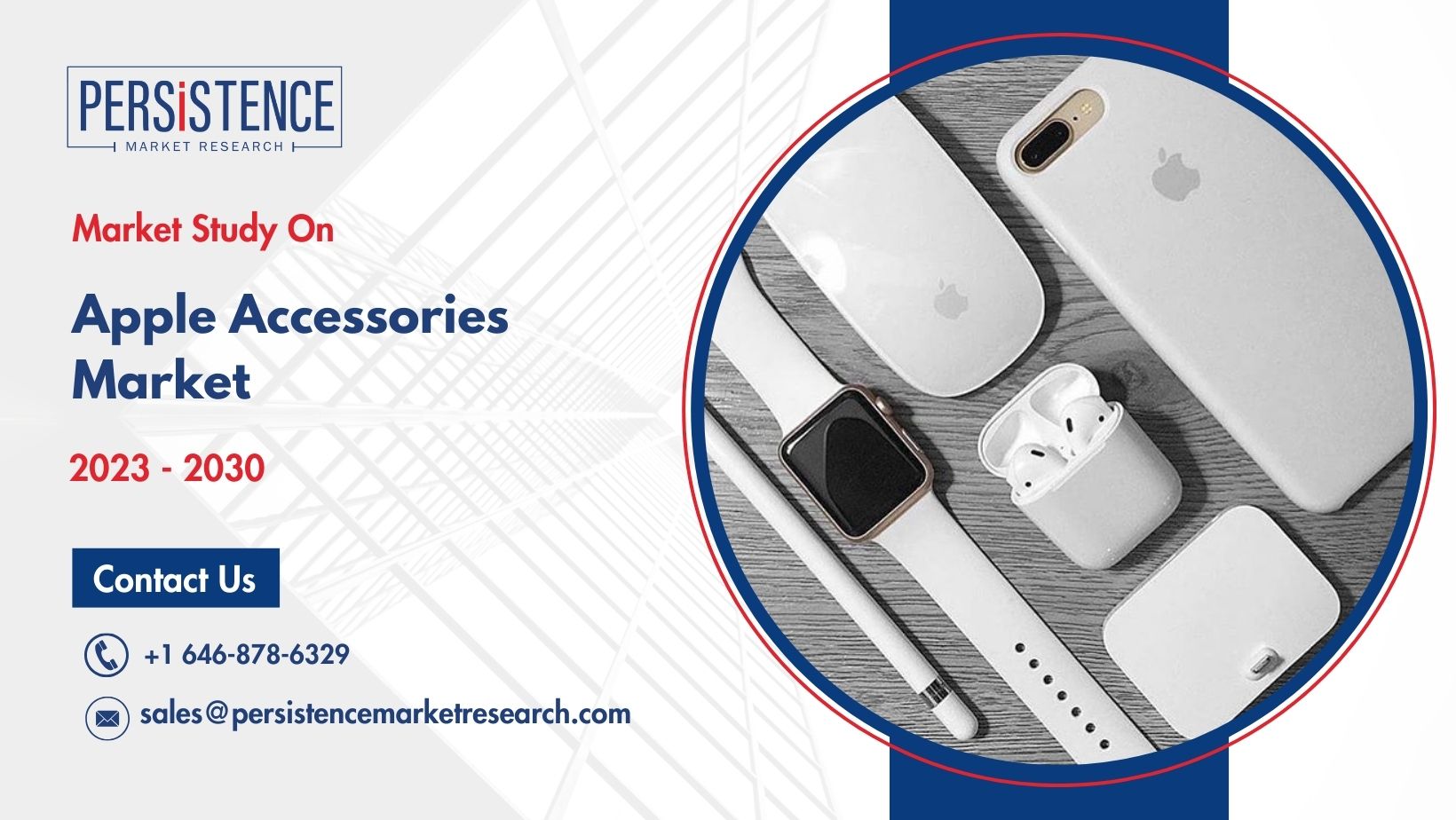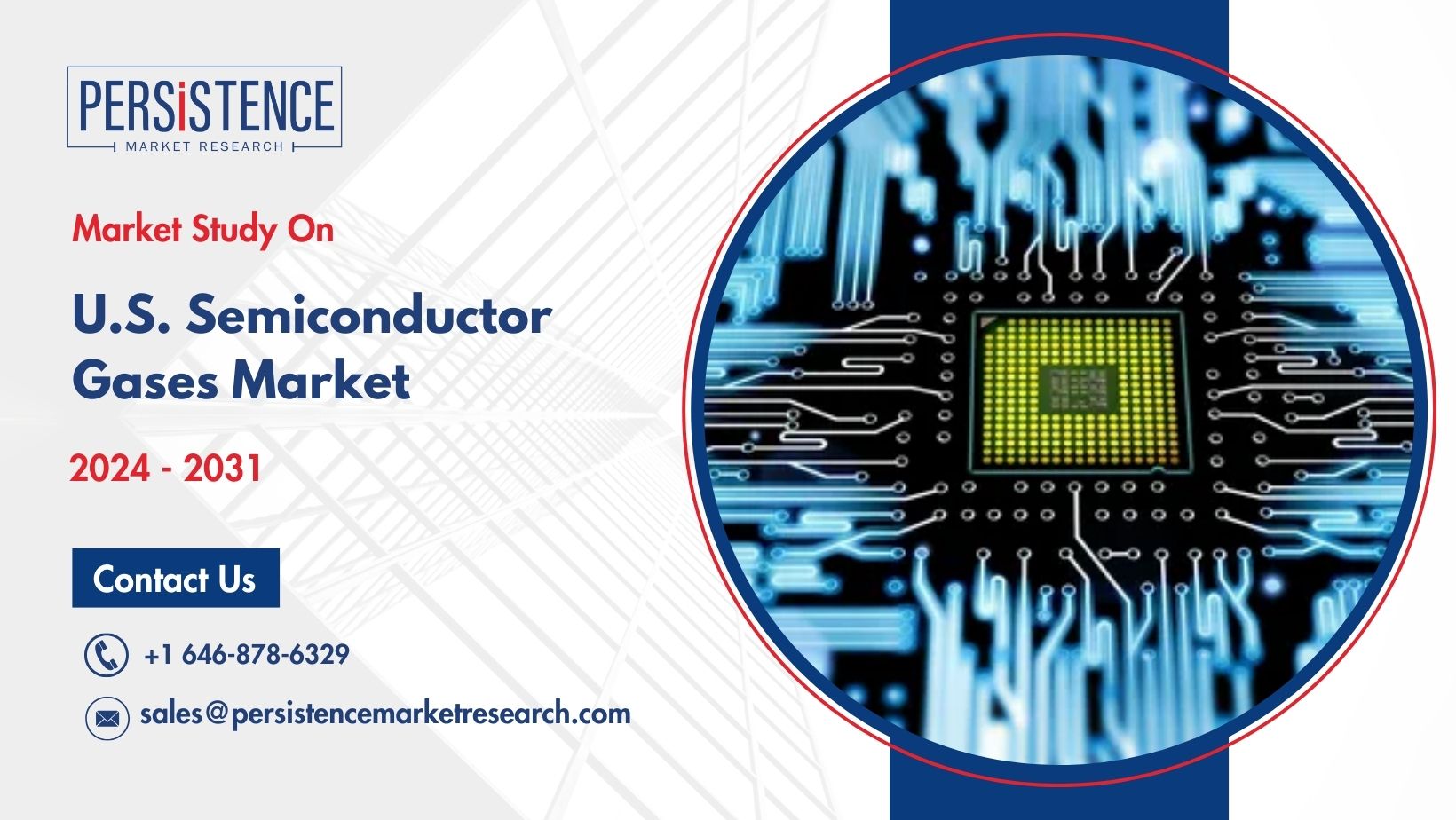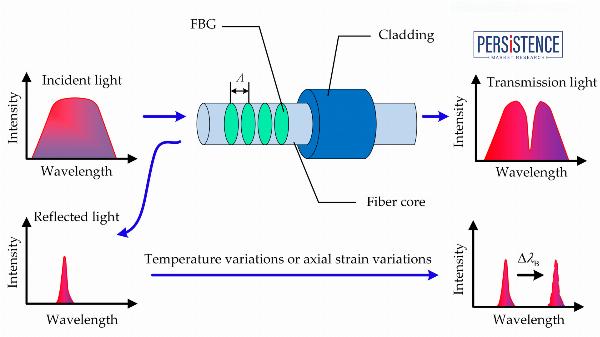Automotive Brake System Market Influence of Rising Vehicle Production

The automotive industry is undergoing a significant transformation, with vehicle production reaching unprecedented levels globally. This surge in production has a direct and profound impact on the automotive brake system market. According to projections by Persistence Market Research, the global automotive brake system market is expected to rise from US$26.9 billion in 2024 to US$39.2 billion by the end of 2031, reflecting a compound annual growth rate (CAGR) of 5.5% during this period. This growth is primarily driven by advancements in brake technology and the increasing adoption of electric and hybrid vehicles. In this blog, we will explore how the rising vehicle production influences the automotive brake system market, examining key factors such as technological advancements, market dynamics, and the shift towards electric and hybrid vehicles.
Technological Advancements in Brake Systems
The automotive industry is witnessing rapid technological advancements, particularly in brake systems. Traditional braking mechanisms are being replaced or enhanced by innovative technologies to improve safety, performance, and efficiency. Some notable advancements include:
• Regenerative Braking Systems: Commonly used in electric and hybrid vehicles, regenerative braking systems capture and store energy during braking, converting it into electrical energy to recharge the vehicle's battery. This not only enhances fuel efficiency but also reduces wear on traditional braking components.
• Electronic Stability Control (ESC): ESC systems use sensors to detect and reduce loss of traction, enhancing vehicle stability and safety. The integration of ESC in modern vehicles has become a standard feature, contributing to the overall growth of the brake system market.
• Advanced Materials: The use of lightweight and durable materials, such as carbon composites and ceramics, in brake components has led to improved performance and reduced vehicle weight, contributing to better fuel efficiency and handling.
These technological advancements not only enhance vehicle safety and performance but also drive the demand for advanced brake systems, thereby influencing the market's growth.
Impact of Rising Vehicle Production
The increase in global vehicle production directly affects the automotive brake system market in several ways:
• Higher Demand for Brake Components: As vehicle production rises, the demand for brake components, including discs, pads, calipers, and master cylinders, escalates. Manufacturers are compelled to scale up production to meet this demand, leading to market expansion.
• Aftermarket Opportunities: With more vehicles on the road, the need for maintenance and replacement of brake components grows. This creates a substantial aftermarket for brake systems, offering opportunities for manufacturers and suppliers to provide replacement parts and services.
• Economies of Scale: Increased production volumes allow manufacturers to achieve economies of scale, reducing per-unit costs and making advanced brake technologies more accessible to a broader range of vehicles, including budget-friendly models.
Adoption of Electric and Hybrid Vehicles
The automotive industry's shift towards electric and hybrid vehicles significantly influences the brake system market:
• Regenerative Braking Systems: Electric and hybrid vehicles often utilize regenerative braking systems, which require specialized components and technologies. This shift necessitates innovation in brake system design and manufacturing to accommodate the unique requirements of these vehicles.
• Increased Production of Electric Vehicles (EVs): The growing production of EVs contributes to the overall increase in vehicle production, thereby boosting the demand for brake systems. As more consumers and manufacturers embrace electric mobility, the need for compatible and efficient brake systems becomes more pronounced.
• Environmental Considerations: The adoption of electric and hybrid vehicles aligns with global efforts to reduce carbon emissions. Brake systems in these vehicles are designed to be more efficient and environmentally friendly, further driving innovation and growth in the market.
Market Dynamics and Competitive Landscape
The automotive brake system market is characterized by several key dynamics:
• OEM vs. Aftermarket Segments: The market is divided into Original Equipment Manufacturer (OEM) and aftermarket segments. The OEM segment benefits from the rising vehicle production, while the aftermarket segment capitalizes on the increasing need for maintenance and replacement parts. Both segments are experiencing growth due to the overall expansion of the automotive industry.
• Regional Variations: Different regions exhibit varying growth rates and market characteristics. For instance, Asia-Pacific is witnessing rapid vehicle production growth, leading to increased demand for brake systems. Conversely, North America and Europe are focusing on technological advancements and the adoption of electric vehicles, influencing the types of brake systems in demand.
• Competitive Strategies: Manufacturers are adopting strategies such as mergers and acquisitions, partnerships, and investments in research and development to strengthen their market position. Collaborations with electric vehicle manufacturers and investments in sustainable technologies are becoming common to meet the evolving demands of the market.
Challenges and Opportunities
While the rising vehicle production presents numerous opportunities, it also poses certain challenges:
• Supply Chain Constraints: The increased demand for brake components can strain supply chains, leading to potential shortages and delays. Manufacturers must invest in robust supply chain management and diversification to mitigate these risks.
• Regulatory Compliance: Adhering to stringent safety and environmental regulations requires continuous innovation and investment in compliance measures. Manufacturers must stay abreast of regulatory changes to ensure their products meet the required standards.
• Consumer Preferences: Shifts in consumer preferences towards electric and hybrid vehicles necessitate the development of specialized brake systems. Manufacturers have the opportunity to innovate and cater to this growing segment, capitalizing on the demand for eco-friendly and efficient braking solutions.
Future Outlook
The automotive brake system market is poised for significant growth, driven by the rising vehicle production and the adoption of advanced technologies. Key trends to watch include:
• Integration of Smart Technologies: The incorporation of smart technologies, such as sensors and connectivity features, into brake systems is expected to enhance performance and safety, offering new opportunities for innovation.
• Sustainability Initiatives: There is a growing emphasis on developing sustainable and eco-friendly brake components, aligning with global environmental goals and consumer preferences for green technologies.
• Global Expansion: Emerging markets, particularly in Asia-Pacific and Latin America, present untapped opportunities for growth, as vehicle production and demand for brake systems increase in these regions.
Conclusion
The automotive brake system market is experiencing a transformative phase, influenced by the rising vehicle production and the shift towards electric and hybrid vehicles. Technological advancements, increased demand for brake components, and the adoption of regenerative braking systems are key factors driving this growth. While challenges such as supply chain constraints and regulatory compliance exist, they also present opportunities for innovation and market expansion. As the automotive industry continues to evolve, the brake system market is set to play a pivotal role in ensuring vehicle safety, performance, and sustainability.
Follow Us: LinkedIn | Medium | Twitter
Note: IndiBlogHub features both user-submitted and editorial content. We do not verify third-party contributions. Read our Disclaimer and Privacy Policyfor details.







